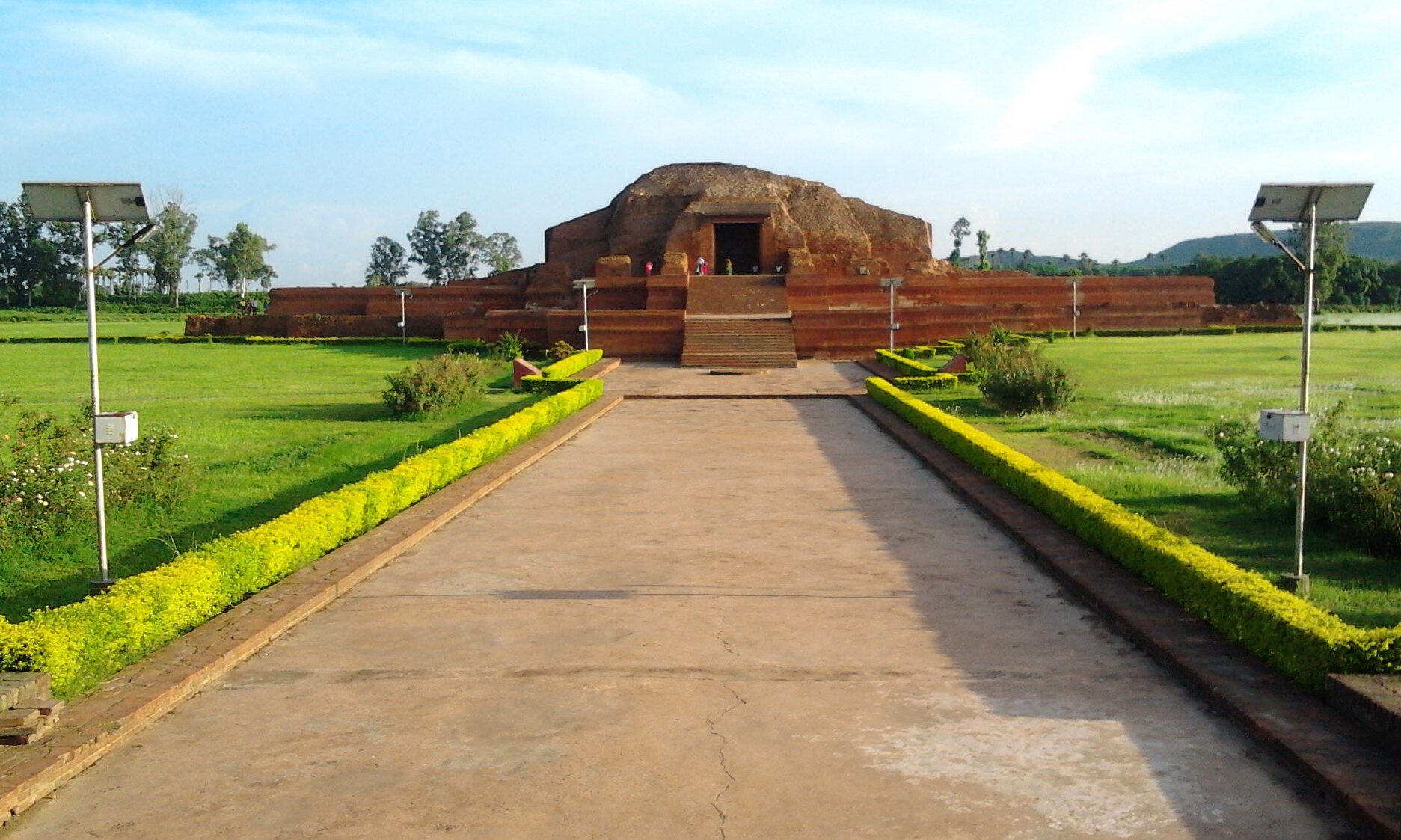Kathghar, probably the only place on the face of earth where you can get ‘stone cereals’ – pebbles that resemble different varieties of rice, pulses and seeds.
The Geological Survey of India had done a study on these stone cereals in the late 80s and they came to the conclusion that these are basically undigested silica particles that were trapped inside the basalt rocks found in abundance in that area. Over a period of time, the rocks weathered and silica particles of different shapes, sizes and colors came out in the open. It is very likely that in the ancient times there was a stream or a river nearby that deposited the ‘stone cereals’ at Kathghar.

veteran geologist A K Sahni contested Singh’s claim.
“My first impression is that these are silica, spindle-shaped objects that congealed during an eruptive phase of the volcanic activity that occurred around Rajmahal about 100 million years ago.
The shape is related to the way in which silica from volcanoes solidify in air. If my hunch is correct, take one of the spindles and see if you can scratch glass – any piece of glass.”

As legend goes, almost two thousand years ago, Rajmahal, a dust bowl town in India’s eastern state of Jharkhad, was struck by famine and people were dying of starvation.
It was then that a saint requested the king to open the door to his grainery for the people. But the king refused to do so.
He told the saint that his grainery was filled with stones and there were no cereals there. Furious over this blatant lie, the saint said so be it. Locals say, as a result of his curse, everything that the king had in the grainery turned into stone.
While tourists don’t hesitate from taking away samples of the stone cereals, locals however, do not prefer storing them in their house as they fear it might bring misfortune to them.

Another story goes by saying:
“The site is said to be the place where edible grain loaded ship sunk in the sea in olden days. After regression of the sea from the place the sunken grains were affected by the heat and pressure of the deposited sediments. As such the grains including small fishes were fossilized. With passage of time these grains came up to the crust and surface by different types of geological actions . Which , while ploughing and digging for cultivation and other different purposes of human utility, expressed as segregated grains in small pockets.”



















